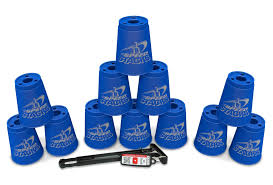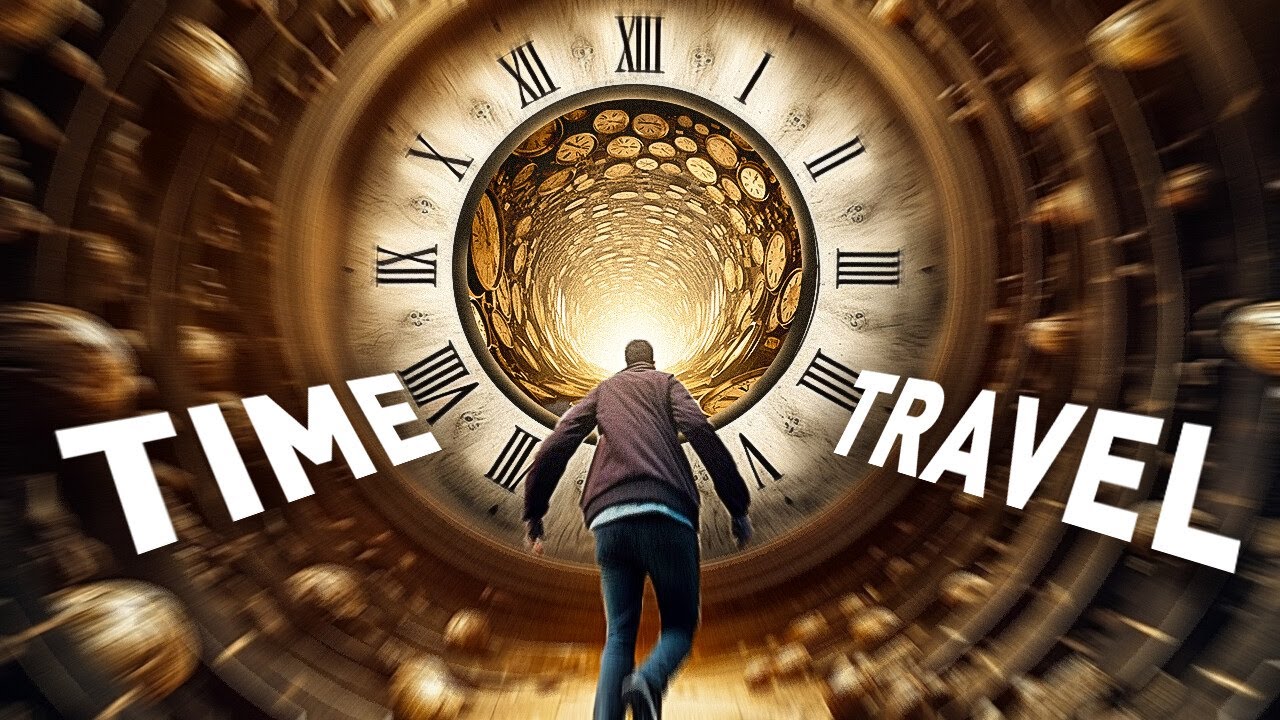Did you know that 85 percent of American homes have an artificial Christmas tree?
You probably do, since most of you apparently own one.
Having never owned an artificial tree, I’m astounded.
Equally surprising, this number is up from 46 percent in 1992.
Over the past 30 years, Americans has gone from a nearly even split between real and artificial Christmas trees to a country of almost entirely plastic trees.
Not only do I find this disappointing on an aesthetic and soulful level, but real Christmas trees are far better for the environment, even though they are cut down each year. This is because for every tree cut down for the holiday season, more than ten trees are left growing. Out of the 350-500 million trees growing on farms across the United States, only 30 million trees are harvested for Christmas each year. For every tree purchased, farmers plant 1-3 seedlings in its place.
Buying real trees keeps tree farms in business – and in turn keep their lands covered in the healthy forest habitat that wildlife depends on to survive.
Given that fake trees are shipped almost exclusively from China, last 6-9 years on average before being replaced, and ultimately end up in landfills, they are polluters of the planet both in terms of waste and CO2, whereas many communities recycle real Christmas trees for conservation and habitat preservation projects.
Real trees are the far greener choice.
Also, fake trees are just as likely to catch fire as a real tree, but fake trees also produce toxic gas when burned.
Scouring my memory, I can’t actually think of a single friend who owns a fake tree. I’m sure they exist – mostly in larger cities – but I can’t imagine owning a plastic Christmas tree. Whether we are heading off to a farm to cut down our own or purchasing a tree from the family of a former student, it’s always been a wonderful part of the holiday season, and it often includes friends, hot chocolate, and vibrating children.
Also lots of memories.
Years ago, my friend, Tom, brought our tree home in his truck, then he left it on my garage roof. The snow was so high that climbing on the roof was easy. Unfortunately, when I pulled the tree off the roof, I tore off a shingle in the process, which ultimately led to a leak in my garage.
Last year, I mentioned this leak to Tom in the midst of a poker game. Feeling bad, he appeared at my home a couple weeks later to repair the rood.
You can’t get that kind of guilt-trip from a fake tree.
Here’a a thought:
Maybe the popularity of real Christmas trees depends upon where you live. Maybe it’s far more common to find real trees in New England, where they grow, and less likely to find them in the south and in cities, where they might be harder to come by and more challenging to transport and keep fresh.
A real Christmas tree in Florida admittedly sounds a little odd. Dragging a tree up a five story walk-up in Queens also sounds pretty awful. A real Christmas tree in the desert of New Mexico sounds pretty bizarre.
Still, I think I’d try.
The beauty of a real Christmas tree is that each one is so different from the rest. Fifteen years ago, when Elysha chose her very first Christmas tree, it was about four feet high and five feet wide. We called it The Wild One. It was a Christmas tree that only a Jewish woman choosing her very first Christmas tree might pick.
Still, I loved it.
A few years ago, we found a bird’s nest in our tree.
A few years ago, Clara and Charlie helped me cut down our tree.
You don’t get any of this from a fake tree.
When I was living on my own in my late teens and early twenties, my friend and roommate, Bengi, and I had a fake tree, borrowed from his parents, I think. Or maybe donated by a friend. It was small and uninspiring, but for two guys surviving on elbow macaroni, unable to afford heat, and concerned about the possibility of scurvy, it was pretty great.
That was the first and hopefully last fake tree I’ll ever have.
This year’s Christmas tree is admittedly less than ideal. The branches are dropping faster than usual, creating an oddly rectangular shape. But that’s the point of a real Christmas tree:
It’s one to remember. It has personality and charm. It’s beauty can be found in its imperfection and quirks. It wasn’t dragged from our basement and assembled like last year and the year before that. It was found, chosen, and decorated for this singular Christmas season.
Merry Christmas, everyone.
Even you soulless, plastic tree owning monsters. I’m sure your polyvinyl chloride and steel is decorated beautifully.









